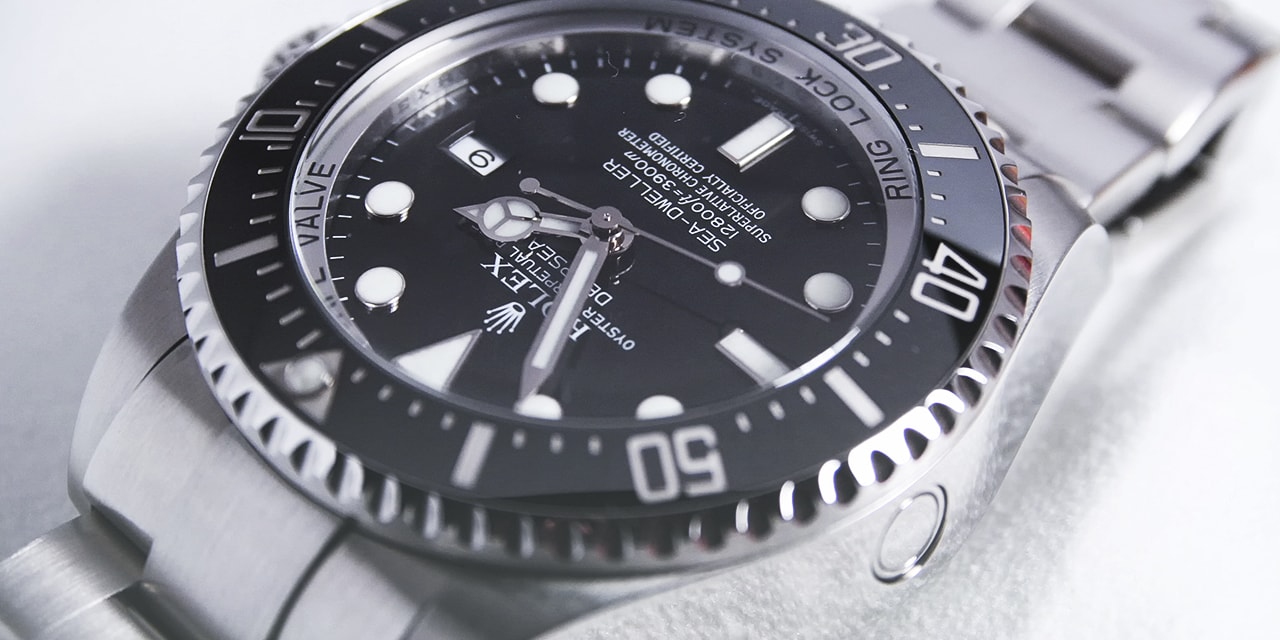Why Rolex has a helium escape valve on its Deep Sea’s
The Rolex Sea Dweller and the newer Deep Sea (DSSD) sport helium escape valves on the side of the watch. The helium escape valve maintains the watch’s internal pressure at equilibrium with outside pressure by allowing helium to escape the watch. One might ask why would helium ever enter a watch, but for professional divers who happen to wear a watch, it is considered a big deal.
For most scuba divers, desk divers, and recreational swimmers, a helium escape valve is not a requirement for a dive watch to function reliably and the reason why the Rolex Submariner does not possess a helium escape value. On the other hand, the Rolex Sea Dweller and the Deep Sea watches are intended for commercial dives who operate a great depth, often spending prolonged hours/days in diving bells while saturation diving. The diving bells saturation divers reside in are saturated with helium. Helium molecules are the second smallest found on earth and have the ability to work their way inside and saturate the watch’s interior evading the security of the watch’s rubber seals. Helium inside the watch is not an issue, but rather when the diver depressurizes for coming back to the surface risks damage to the watch. Divers in the 1960’s discovered watch crystals popping off their watches because of the unequal force between the watch’s interior pressure and the outside atmosphere.
At the urging of U.S. Navy diver, Bob Barth who asked for a helium escape value (or rather something that would keep crystals from coming off), Rolex and Doxa collaborated on the first helium escape value which debuted on the Rolex Sea Dweller and the Doxa Conquistador. The small one-way valve incorporated into the watch case activated when trapped helium required depressurization. The valve is spring loaded and only opens when there is unequal pressure allowing helium molecules to escape.
Most dive watches rated to 300 meters (1000ft) do not possess a helium escape value, including the Rolex Submariner. Watches rated for 1000 meters, (3000ft) often times include a helium valve including Doxa and Omega, as well as Rolex. For 99% of dive watch wearers, a helium escape valve is not a requirement for recreational or desk-diving. Because the Sea Dweller is considered a professional watch, including a helium escape valve makes sense even though most Sea Dwellers ever see the bottom of an ocean.





